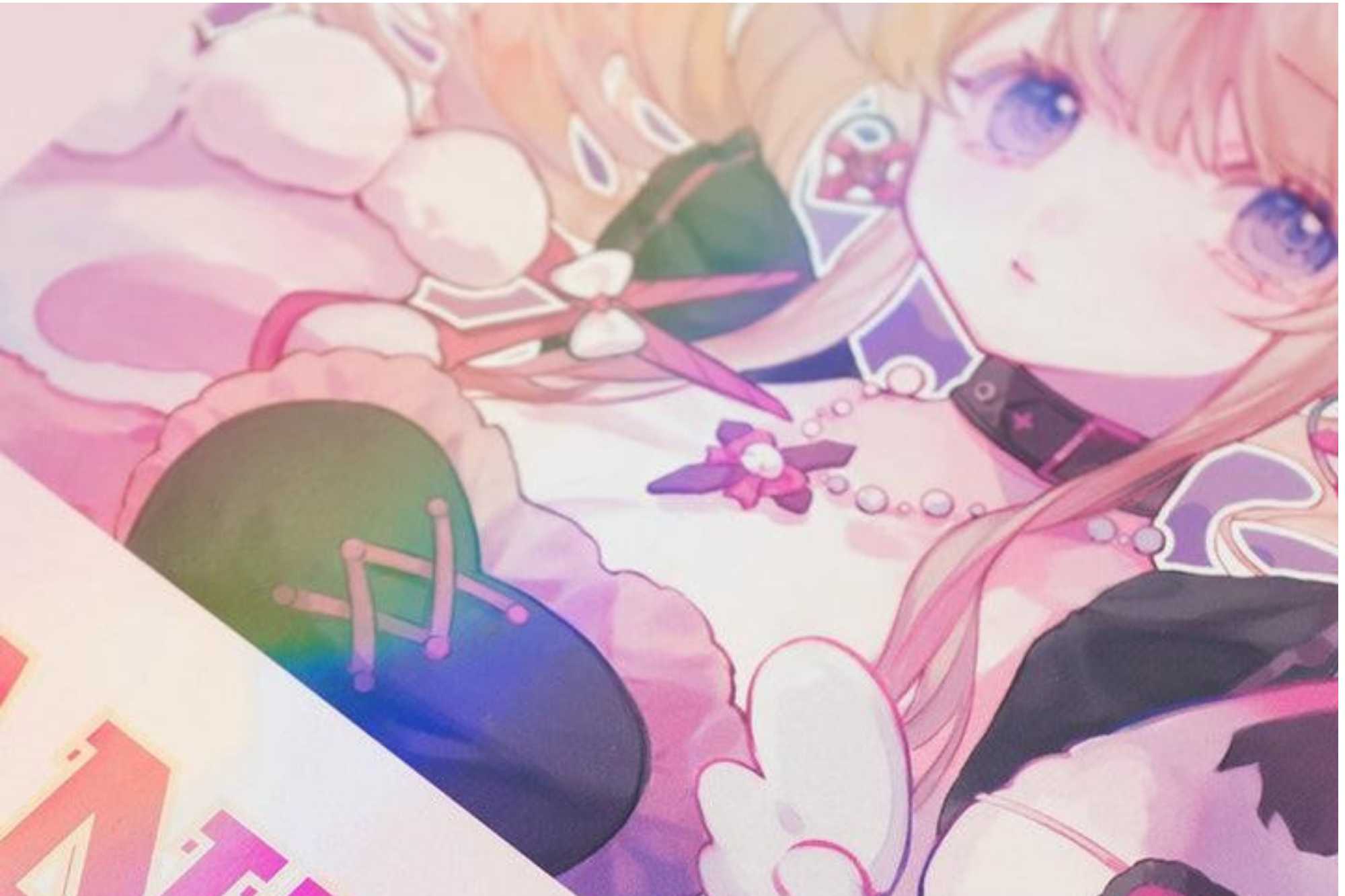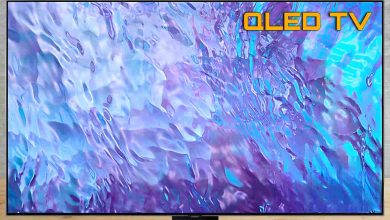Table of Contents
Introduction:
In today’s fast-paced world, where attention spans are decreasing and information overload is a real struggle, visuals have become an essential tool for effective communication. Studies have shown that people remember 80% of what they see, compared to only 20% of what they read. This makes the use of visuals, such as colours and design elements, crucial in any form of communication.
It’s because our brains process images faster than text. Our visual sense is the most dominant among the five senses and is directly linked to emotions and memories. This means that using visuals in communication can evoke strong emotions and create a lasting impact on the audience. Colour has a powerful influence on human behaviour and emotion. Different colours can convey different meanings and evoke specific emotions. For example, red is associated with passion and excitement, while blue represents calmness and trustworthiness.
Visuals are a powerful tool in communication, and understanding how to use them effectively can make a significant impact on your audience. In the next section, we will discuss some tips and tricks for incorporating colour and design elements in your poster printing process to maximise its impact.
Understanding Color Theory: How Colours Affect Emotions and Perception
In the world of design, colour is a powerful tool that can greatly impact the way we perceive and interact with visual materials. From advertisements to packaging, colours play a crucial role in catching our attention and conveying messages. But did you know that different colours can evoke specific emotions and influence our perception? This is where colour theory comes into play.
Colour theory is the study of how colours relate to one another and how they can be used effectively in design to create certain moods or convey specific meanings. It helps designers understand the psychological effects of different colours on people’s emotions, behaviour, and thoughts.
One important aspect of colour theory is colour psychology, which focuses on how colours affect human emotions and behaviour. Research has shown that each colour elicits unique emotional responses in individuals due to their association with certain objects or experiences. For example, red is often associated with passion, love, or danger while blue can evoke feelings of calmness and trust.
Additionally, colours also have cultural significance and can vary in meaning from one culture to another. In Western cultures, white represents purity while it symbolises mourning in some Asian cultures. Therefore, understanding your target audience’s cultural background is essential when choosing colours for your posters.
In terms of perception, colours also affect how we visually interpret information. Brighter hues tend to grab our attention faster than muted ones while complementary colours (opposites on the colour wheel) create a strong contrast that immediately captures our interest.
The Role of Typography in Poster Design
Typography, or the art of arranging and styling text, plays an essential role in the overall design and impact of a poster. It encompasses everything from choosing the right font to adjusting spacing and alignment to create a visually appealing and effective message.
Firstly, typography can greatly enhance the readability of a poster. The choice of font can make all the difference in how easy or difficult it is for viewers to read and understand the information being presented. For example, bold sans-serif fonts are often used for titles as they have a strong visual impact and are easily legible from a distance. On the other hand, serif fonts with thinner strokes are better suited for body text as they are more pleasant to read when there is a lot of information.
Additionally, typography can also convey emotions and set the tone for your poster. Different fonts have their unique personalities – some may appear more serious and formal while others may be playful and fun. By thoughtfully selecting fonts that align with your message or brand, you can effectively communicate your intended tone to your audience.
Furthermore, typography is crucial for creating balance in poster design. A good mix of different font types (serif vs sans-serif), weights (bold vs regular), and sizes (large vs small) creates visual interest while maintaining harmony within the overall design. Too many different fonts or improper use of spacing between letters/lines can result in cluttered and chaotic designs that are difficult to comprehend.
Tips for Creating a Visually Impactful Poster Layout
Creating a visually impactful poster layout is crucial when it comes to effectively conveying your message and capturing the attention of your audience. With the right combination of colours, fonts, and design elements, you can make your poster stand out and leave a lasting impression on viewers. Here are some tips for creating a visually impactful poster layout:
- Understand your target audience: Before designing your poster, it’s important to have a clear understanding of who you want to reach with your message. This will help you determine the appropriate colours, fonts, and design elements that will appeal to them.
- Keep it simple: When it comes to poster design, less is often more. Avoid cluttering your layout with too much text or images as this can be overwhelming for viewers and make it difficult for them to focus on the main message.
- Use high-quality visuals: Visuals are an essential component of any impactful poster layout. Make sure to use high-resolution images that are relevant to your message and complement the overall design.
- Choose a colour scheme wisely: The colours you choose for your poster can greatly impact its effectiveness in catching people’s attention. Consider using bold and vibrant colours that contrast well with each other as this can help draw viewers’ eyes towards important information.
- Utilise white space: White space refers to areas left blank in your poster’s layout without any content or graphics. This space can enhance the visual impact of your design by providing balance and making important elements stand out.
- Experiment with typography: The font style, size, and spacing play an important role in how viewers perceive information on a poster. Mixing up different fonts can add interest to your layout but be careful not to go overboard as too many fonts can create chaos.
Creating a visually impactful poster layout requires careful consideration of your target audience, the right choice of visuals and colours, and effective use of design elements such as white space and hierarchy. By following these tips, you can create a stunning poster that effectively grabs people’s attention and leaves a lasting impact.
Case Studies: Examples of Effective Poster Designs
Case studies are a great way to showcase the impact of effective colour and design in poster printing. They provide real-life examples of how certain design choices can greatly enhance the effectiveness of a poster and make it stand out from the rest.
- One successful case study is the “Got Milk?” campaign by the California Milk Processor Board. The posters feature a simple yet eye-catching design with a white background, bold black letters, and an image of a milk moustache on various celebrities. This campaign was highly effective in promoting milk consumption as well as increasing brand recognition for milk products. The use of contrasting colours, large font, and relatable images made these posters impossible to ignore and helped them grab attention quickly.
- Another example is Apple’s iconic “Think Different” campaign featuring black-and-white portraits of famous individuals such as Albert Einstein and Martin Luther King Jr. These posters were strategically designed to create an emotional connection with consumers by associating Apple with influential figures who embodied creativity and innovation. The minimalistic design combined with powerful messaging proved to be a winning combination for this campaign.
- In addition to commercial campaigns, academic institutions have also utilised effective design strategies for their event posters. A study conducted by Carnegie Mellon University found that using warm colours like red or orange in conjunction with high-contrast text resulted in higher recall rates among viewers compared to low-contrast designs or cool colours like blue or green. This highlights the importance of considering colour psychology when designing posters for events or conferences.
- Similarly, non-profit organisations have also seen success in using creative designs to convey their message effectively through posters. One notable example is Amnesty International’s “Torture Victims are People Just Like You And Me” campaign which featured powerful images of ordinary people being tortured against plain white backgrounds. This jarring contrast between human faces and violent actions created an immediate emotional response from viewers, making it hard for them to look away without feeling compelled to take action.
Choosing the Right Printing Method for Your Design
When it comes to creating a visually striking poster, choosing the right printing method is just as important as the design itself. Different printing methods produce different results, and not all methods are suitable for every design. So how do you know which printing method is best for your specific design? In this section, we will discuss the various printing methods available and provide tips on how to choose the right one for your design.
The three most common printing methods used for posters are offset lithography, digital printing, and screen printing. Offset lithography is a traditional form of printing where an image is transferred from a metal plate onto a rubber sheet and then onto paper. This method is ideal for large print runs because it offers high-quality prints at a lower cost per unit. However, it may not be suitable if your poster has complex designs or requires special colours.
Digital printing, on the other hand, uses advanced technology to produce high-quality prints directly from a digital file without the need for plates or setup costs. This method allows for customization and quick turnaround times but can be more expensive than offset lithography for large print runs.
To choose the right printing method for your design, consider factors such as quantity, budget, turnaround time, complexity of design or artwork size requirements. If you have a small budget but require large quantities of posters with simple designs or limited colours, offset lithography may be the way to go.
Digital printing would work best if you have smaller print runs but still want high-quality prints with customizable options like variable data or personalization.
Conclusion
In conclusion, the impact of colour and design in poster printing cannot be underestimated. By utilising the right colours and designs, you can effectively capture your audience’s attention and strongly convey your message. Whether it is for promotional purposes or educational purposes, incorporating thoughtful colour choices and eye-catching designs can make all the difference in creating an impactful poster. So next time you are designing a poster, remember these tips to maximise its impact and make it stand out from the rest!
Please explore our site for more exciting content if you like this article.





